Traveling the historic Pekoe tea growers trail in Sri Lanka
|
Listen to this article
Getting your Trinity Audio player ready...
|
Time for tea? Not only can you tread the historic paths of the Sri Lankan tea plantations, your tourism can support remote and indigenous communities
The new Pekoe Trail tea plantations trail is a 22-day, 200-mile network of hiking trails through the Sri Lanka tea country. The route has been ten years in the making, and follows the original track used to transport tea to the factories by horse and cart. It varies considerably in terrain, making it suitable for any age.
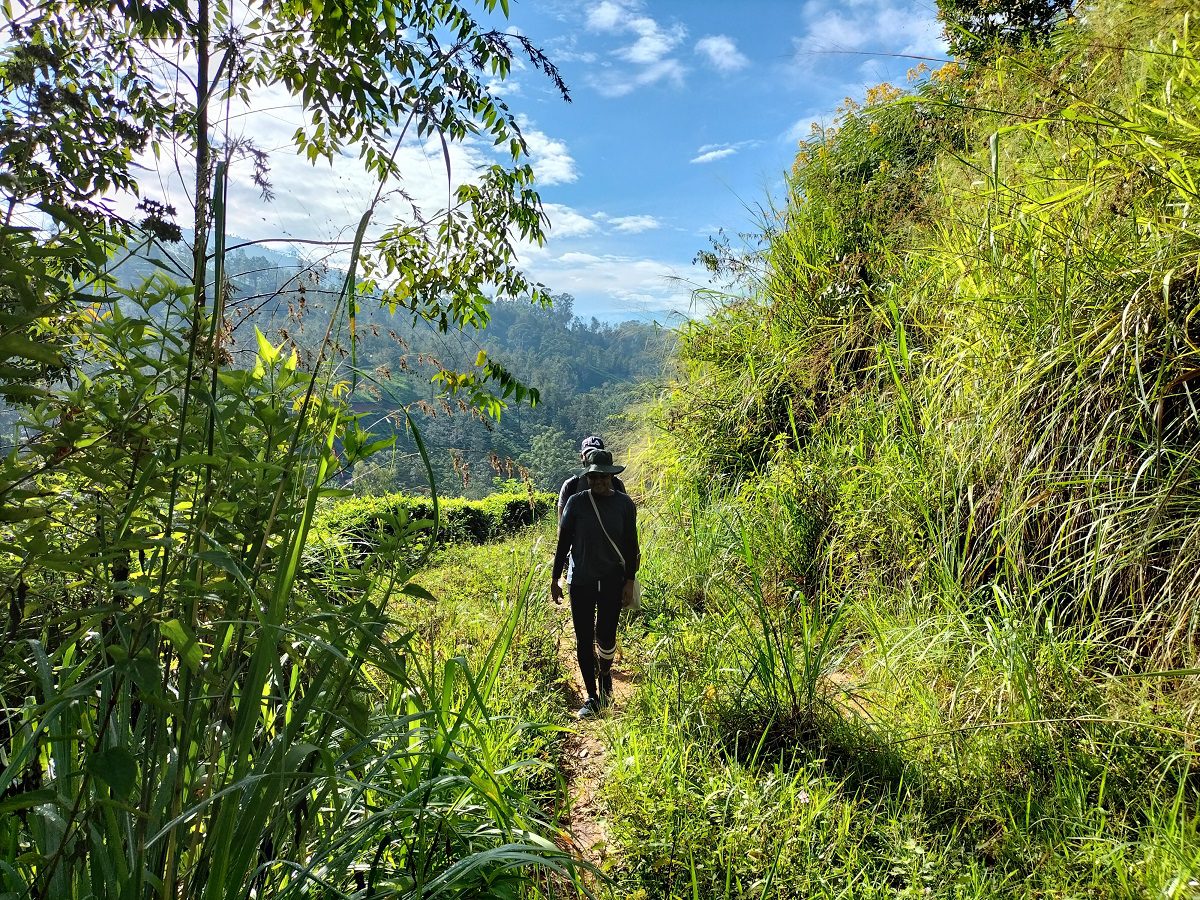
Trails to suit everyone
Funded by the EU and USAID, in the new age of sustainable travel it is good to know that not only is this an extraordinary travel experience; this trail is a social enterprise design. This project was conceived and designed to increase the flow of responsible travellers to some of the most remote communities in the Sri Lankan tea country. This in turn will bring much needed prosperity and opportunity to the local people.
Authentic beginnings
To ensure that this tourism gives back to the communities, rather than ruining them, the trail starts and ends, where possible, in a local village or town. They are hives of commerce and culture, and here hikers can rest and replenish by buying food and necessities from local vendors.
One of the goals of the trail is to be an economic corridor where tourist dollars reach as many people as possible. This is both a guiding principle of the trail, and an established standard of sustainable travel in Sri Lanka generally.
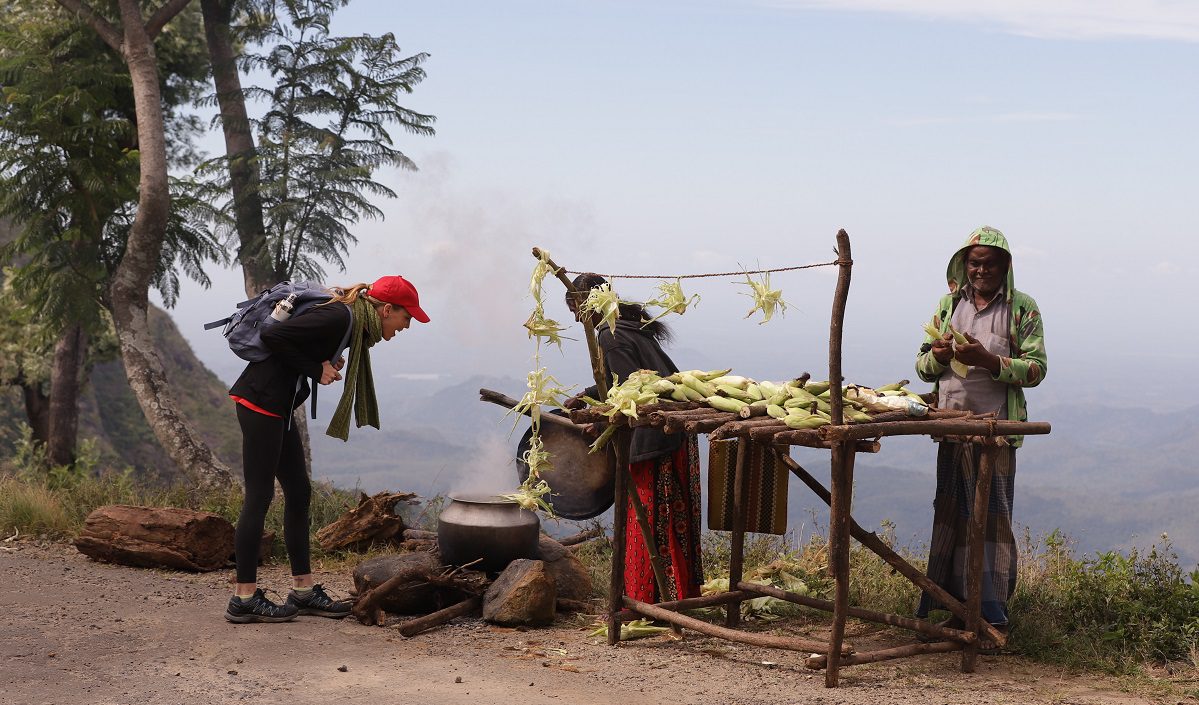
Traders along the tea traders route, Sri Lanka Pekoe Trails
Starting in Kandy, Sri Lanka’s spiritual heart, the trail then crosses over seven valleys, through roughly 80 villages, across the eastern hills, and over some of Sri Lanka’s most dramatic and challenging mountain terrain. It l can be done in any direction and with a multitude of entry and exit points and has been purposefully designed to connect important towns and villages, train stations and interesting sites, so that walkers can easily enter and exit the trail.
History: pilgrims and planters
Perhaps the first reference of a trail of significance in the hills of Sri Lanka relates to the Sri Pada pilgrimage. In the 5th century chronicle, the Mahawamsa, it is stated that the Buddha visited the mountain peak, now known as Adam’s Peak.
Buddhist tradition holds that a sacred footprint rock formation near the summit is the footprint of the Buddha. Marco Polo noted the importance of Adam’s Peak in his travel of 1298; and the Arab traveller, Ibn Battuta, climbed to its summit in 1344.
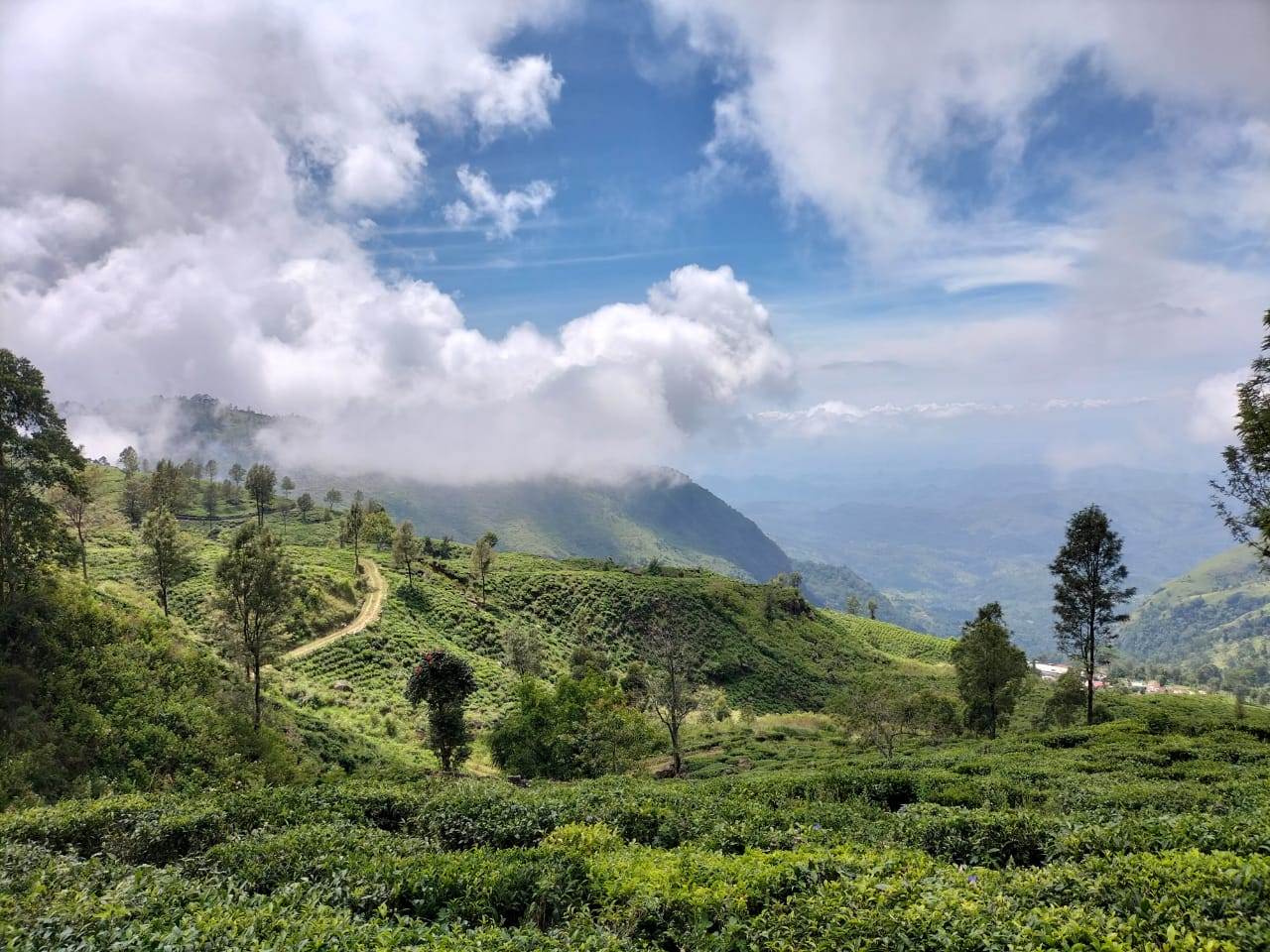
Yet, the overwhelming majority of the paths were developed by tea plantation companies. The story of these tea trails begins over two hundred years ago, when the country was still a British colony.
In 1824 a tea plant was brought to what was then called Ceylon, by the British, from China. And was planted in the Royal Botanical Gardens in Peradeniya for non-commercial purposes. As the tea industry grew, British planters developed and expanded the network of trails within their own estates and between the various settlements across the tea country, creating this vast network of trails and paths.
The physical network of trails replicates the woven fabric of its stories: those of pilgrims and planters, naturalists, birders, gardeners, and landed gentry. They take you through pilgrimage sites, past great lakes and spectacular waterfalls, up stunning peaks and deep into bird and wildlife-rich rain forest. Hikers will see the great tea industry at work – the tea factories, tea sheds and warehouses and step back in time at the old planters’ clubs and visit the lovely plantation homesteads.
Read: the food-lover’s guide to Italian travel
Trail routing and design principles
The Tea Country Trail is foremost a heritage trail, and the trailblazers want the experience to be immersive, insightful and inclusive. One of the key goals of the project is to protect and preserve the heritage of the Sri Lankan tea country; both the physical heritage, and the cultural heritage.
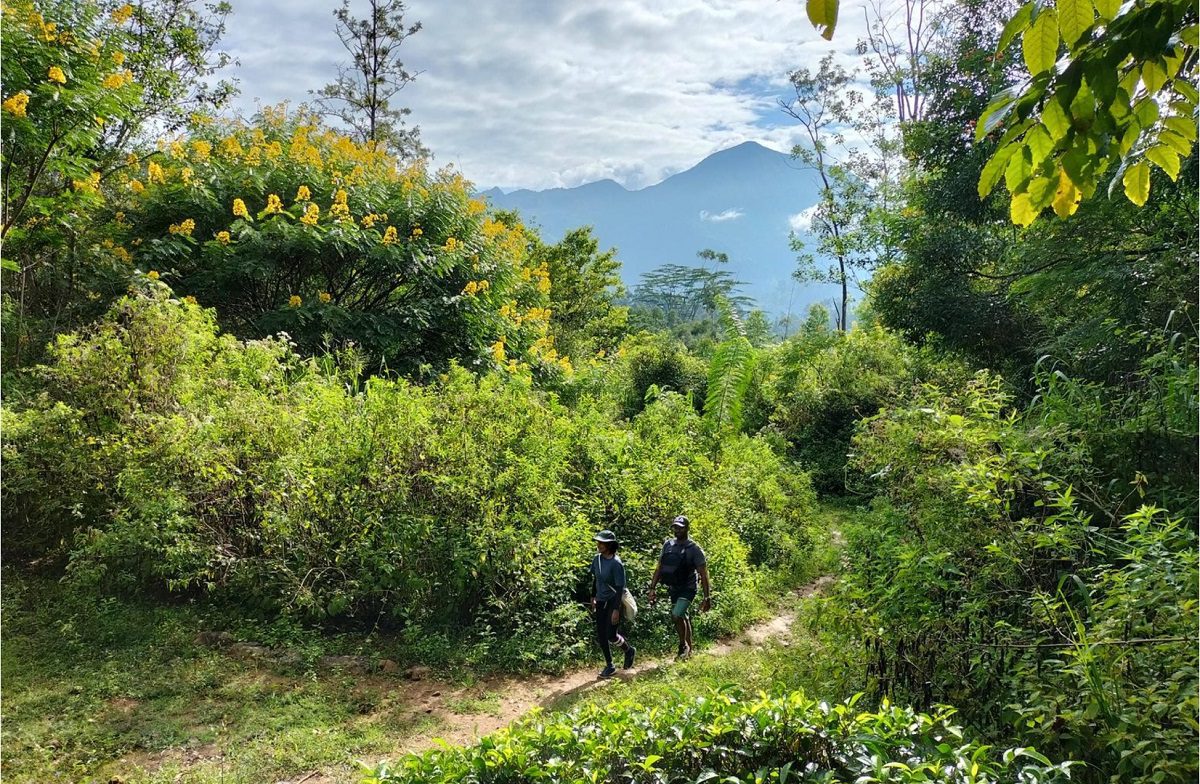
The trail focuses on routing to expose the walker to the tea industry’s culture and heritage; the tea factories, the warehouses and sheds, the magnificent tea plantations bungalows, the planters clubs, the old post offices, the tea trails and tea roads, the old grand hotels and the train line.
The physical network of trails replicates the woven fabric of its stories: those of pilgrims and planters, naturalists, birders, gardeners, and landed gentry
The route connects as many of the most interesting and important landmarks of the Sri Lankan tea country as possible. From Adam’s Peak to the Addisham Bungalow, from Lipton Seat to the Nine Arch Bridge. The idea was to give the trail variety, to promote the best of the region, to create interesting milestones, and to make each day as exciting and fun as possible.
Each day takes on between eight and 16 km, and is as inclusive as possible. There is something for everyone, for young and young at heart, from the experienced hiker to those who want a fun day out. The guiding principle has been to try to keep walking times each day to between four and six hours, but not more. That said, if you are an experienced hiker and want to do more km, that is also entirely possible.
When to go
Hiking in Sri Lanka is possible all year round, although the country is affected by two South-East Asian rainy seasons. The driest months of the year in the hills and in Sri Lanka in general are December, January, February, March. During these months you can expect less rainfall than the rest of the year.
Daily temperatures don’t tend to vary hugely across the year, but humidity and monsoons can make it harder work. That said many seasoned hikers in Sri Lanka prefer June, July, and August. Clouds from the west gently traverse the hills, blown by the monsoon winds, and the sun shines on the lush green tea fields through the gaps.
Ways to travel if not by foot:
For a fun new experience, you can try the newly launched Ella Odessy Train which runs along parts of the Pekoe Trail. Otherwise, Sri Lanka has a host of drivers and tuk tuk suppliers ready for tourists.
Accommodation suggestions for Pekoe:
The Heritance Tea Factory offers guests a step back in time to 19th century Ceylon for unique tea-inspired snacks, beverages and cuisine.
Warwick Gardens is located 6000 feet above sea level in the scenic mountain town of Ambewela, fondly referred to as “Little New Zealand” for its grazing pastures upon the highest grassland of Sri Lanka. Ideal for children the on-site naturalist provides a night frog watching tour.
Resplendent Ceylon comprises of five restored historic tea planter residences, called bungalows, perched at an altitude of 1250 metres in Sri Lanka’s panoramic Ceylon tea region.
Haldummula Estate. For total escape, this 50-acre organic estate is situated on an undulating plateau just under the high pass and quaint railway station of Idalgashinna, on the famously scenic Kandy to Badulla line. The land is a mixture of tea and wilderness with spectacular views over the plains below to the south.
Exclusive bespoke tour details
This 14-day luxury tour of Sri Lanka includes a three-night all-inclusive stay at Nine Skies, your base from which to enjoy the New Pekoe Trail.
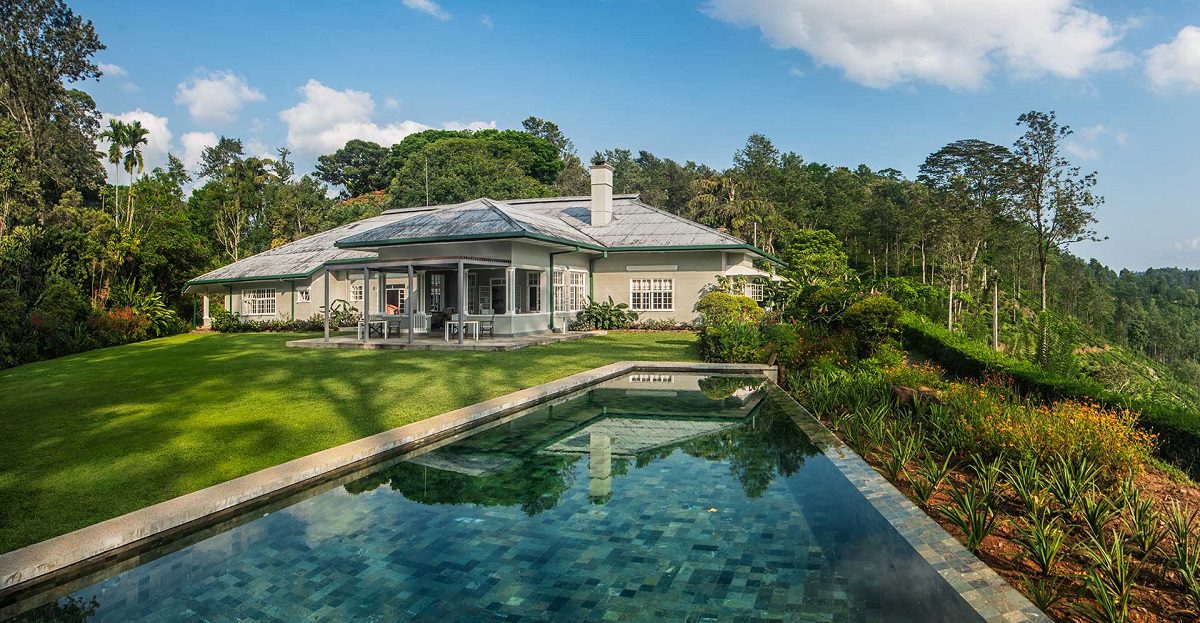
Enjoy two of the trail’s most scenic half-day hikes with a private guide. Walk in the footsteps of the original tea workers and immerse yourself in local culture as you wander through Sri Lankan historic tea country, stopping for local delicacies along the way.
The rest of your Sri Lankan adventure will see you discovering the highlights of the south coast, spotting elephants during your jungle walk at a luxury wildlife lodge. And marvelling at the iconic sites of the Cultural Triangle.
Prices from £5,500 per person, inclusive of:
- Direct return international flights in Economy
- Private vehicle and driver at your disposal throughout the holiday
- Accommodation, breakfast and some additional meals
- Private guides, excursions and entrance fees
- Tips for your driver and all guides
This is a bespoke tour created by Experience Travel Group – for further details visit www.experiencetravelgroup.com/sri_lanka/holiday/nature-trails-and-cultural-tales

Sam is Silver’s founder and editor-in-chief. She’s largely responsible for organising all the things, but still finds time to do the odd bit of writing. Not enough though. Send help.

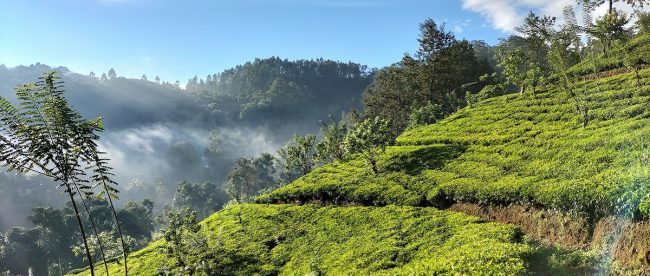

Leave a comment